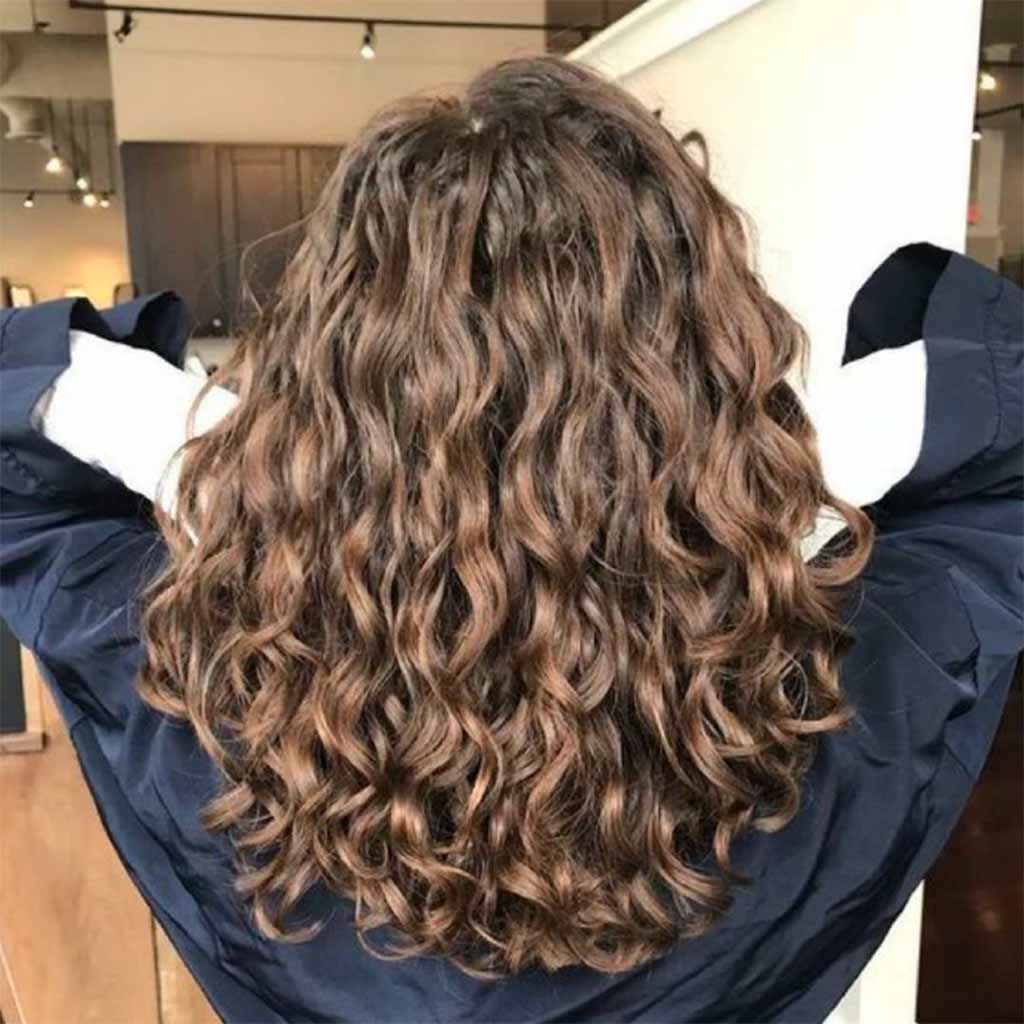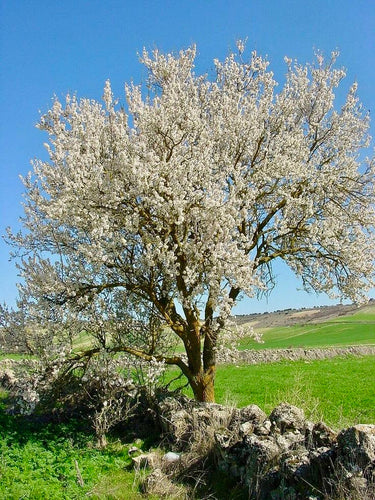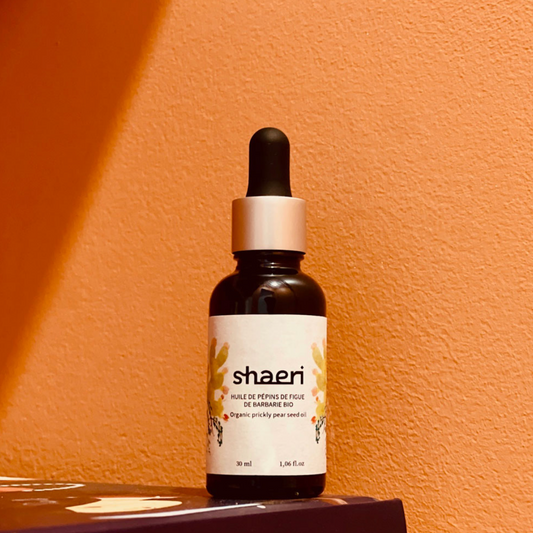Today, it's not so much about changing the texture of your hair as it is about going natural! If you too have decided to turn your back on straightening, blow-drying or perming your hair, you will find here our advice on how to start your hair transition in the best possible way.
The hair transition to natural means abandoning chemical transformation processes, such as Brazilian straightening, and progressive straightening, and assuming the natural beauty of your hair. In this article, we will explain the good habits to adopt, recommending hairstyles and products that will help you speed up your transition to natural hair.
ACTIONS AND HABITS TO AVOID
Tip 1: Ditch the chemical process and keep your hair away from heat
The first and perhaps most important piece of advice if you want to get your curly, frizzy or kinky hair back is to avoid any type of chemical product that is designed to straighten, soften or shape the hair. When your hair is transitioning, you should also avoid excessive heat. The best thing to do is to give up the hair dryer, straightener, diffuser and curl shaper. If you can't do without any of these accessories for the time being, make sure that these heating devices don't touch the roots of the new growth.
Tip 2: Avoid excessive use of shampoo
Repeated use of shampoos hinders the natural hydration of the scalp and consequently that of hair in need of hydration (curly, frizzy, dry, bleached, etc.). If possible, the frequency of washing should not exceed once a week during and after the hair transition. In this way, the natural secretions can act freely, naturally moisturising the hair fibres.
Tip 3: Avoid tight hairstyles
Hairstyles such as tight buns or tight African braids damage regrowth and result in brittle hair - all things you want to avoid when your hair is in transition!
THE GESTURES AND HAIRSTYLES TO ADOPT
Tip 4 : The key word: low manipulation
During this transition phase, you should handle your hair as little as possible. To begin with, you can detangle your hair with your fingers to minimise breakage. Next, opt for hairstyles that will protect your hair from damage during the transition phase. Opt for loose braids or big braids right on the scalp, which will allow the lengths to absorb the treatments well. You can also opt for a top knot, a bun made on the top of the head that will protect the ends.
Tip 5: Cut your hair regularly to stimulate growth
It is necessary to cut your hair to remove the residue from the straightening and to eliminate any chemical presence. But don't panic, if the big chop scares you, you can simply cut your hair as regularly as possible. In addition, frequent trimming facilitates the process of hair growth and renewal.
Tip 6: Take care of your scalp with massages
Waiting for your hair to grow back is probably the hardest part of the hair transition process. You can give your hair a boost with regular scalp massages. To do this, you can resort to grandmotherly recipes using olive oil or avocado.
Tip 7: Protect and hide new growth
We advise you to protect your new growth so that you don't damage it further with hairstyles that won't encourage new growth. You can use accessories to hide curly roots. Headbands and scarves are very useful (and aesthetically pleasing) to hide the roots while leaving the rest of the hair free.
PREFERRED CARE AND PRODUCTS
Tip 8: Adopt a new routine with the right products
It is important to choose a specific shampoo and conditioner to activate and define your curl type. If you used to use chemicals for straightening or perming, your new hair growth is exposed to premature damage. So look to natural alternatives to help your hair make the transition.
What care products should I use?
If you have straightened hair, it will need to be deeply nourished to prevent breakage. For this, an oil bath is the ideal solution! Oil is very nourishing for your hair, and with its direct action on the scalp, it promotes hair growth, making it voluminous and shiny. There are many different types of oil; castor oil, olive oil, prickly pear oil, mustard oil, etc., they are all beneficial for damaged hair. Emphasis should be placed on the ends to repair any split ends. The use of natural essential oils will also help your hair to grow.
Tip 9: Pay special attention to hair moisture
Frizzy hair growth will need a lot of moisture: a moisturising mask applied to the scalp will provide the necessary dose. Daily moisturising helps regrowth and prevents the hair from drying out. The choice of products is essential if you want to have well-moisturised hair. For this, nothing is better than natural products for your hair! We recommend 3 moisturising agents that you can easily find and use: aloe vera gel, vegetable glycerine, flaxseed gel
Last but not least: Be patient...
Perhaps the most difficult part of going natural is the patience it requires. In fact, the use of chemicals that have hidden your hair's imperfections for years has probably made you impatient. When going natural, it's rare (if not impossible) to get a perfect result in one routine. Give your hair time to recover from the aggressions you've put it through with chemical colouring, straightening, blow-drying or even blow-drying...
And above all, remember that patience is the mother of safety, and healthy hair!





